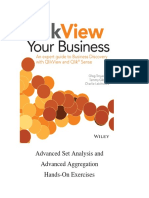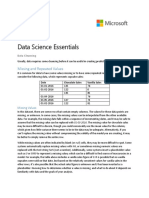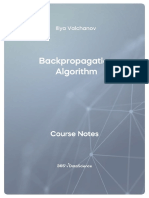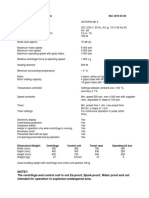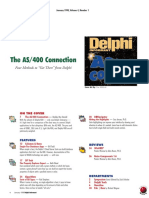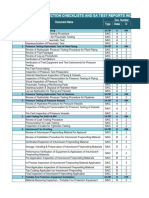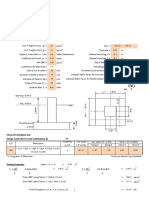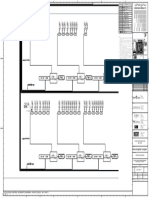0% found this document useful (0 votes)
10 views21 pagesCh18 Excel365 AdvancedDataAnalysisStartEx63 153
The document outlines a data analysis project involving two text files: a units fact table and a product dimension table. It describes the use of Power Query for data import and transformation, as well as Power Pivot for creating reports on total sales and units sold. The document also includes details on data types and DAX formulas for calculating total sales.
Uploaded by
Patel SaikiranCopyright
© © All Rights Reserved
We take content rights seriously. If you suspect this is your content, claim it here.
Available Formats
Download as XLSX, PDF, TXT or read online on Scribd
0% found this document useful (0 votes)
10 views21 pagesCh18 Excel365 AdvancedDataAnalysisStartEx63 153
The document outlines a data analysis project involving two text files: a units fact table and a product dimension table. It describes the use of Power Query for data import and transformation, as well as Power Pivot for creating reports on total sales and units sold. The document also includes details on data types and DAX formulas for calculating total sales.
Uploaded by
Patel SaikiranCopyright
© © All Rights Reserved
We take content rights seriously. If you suspect this is your content, claim it here.
Available Formats
Download as XLSX, PDF, TXT or read online on Scribd
/ 21










